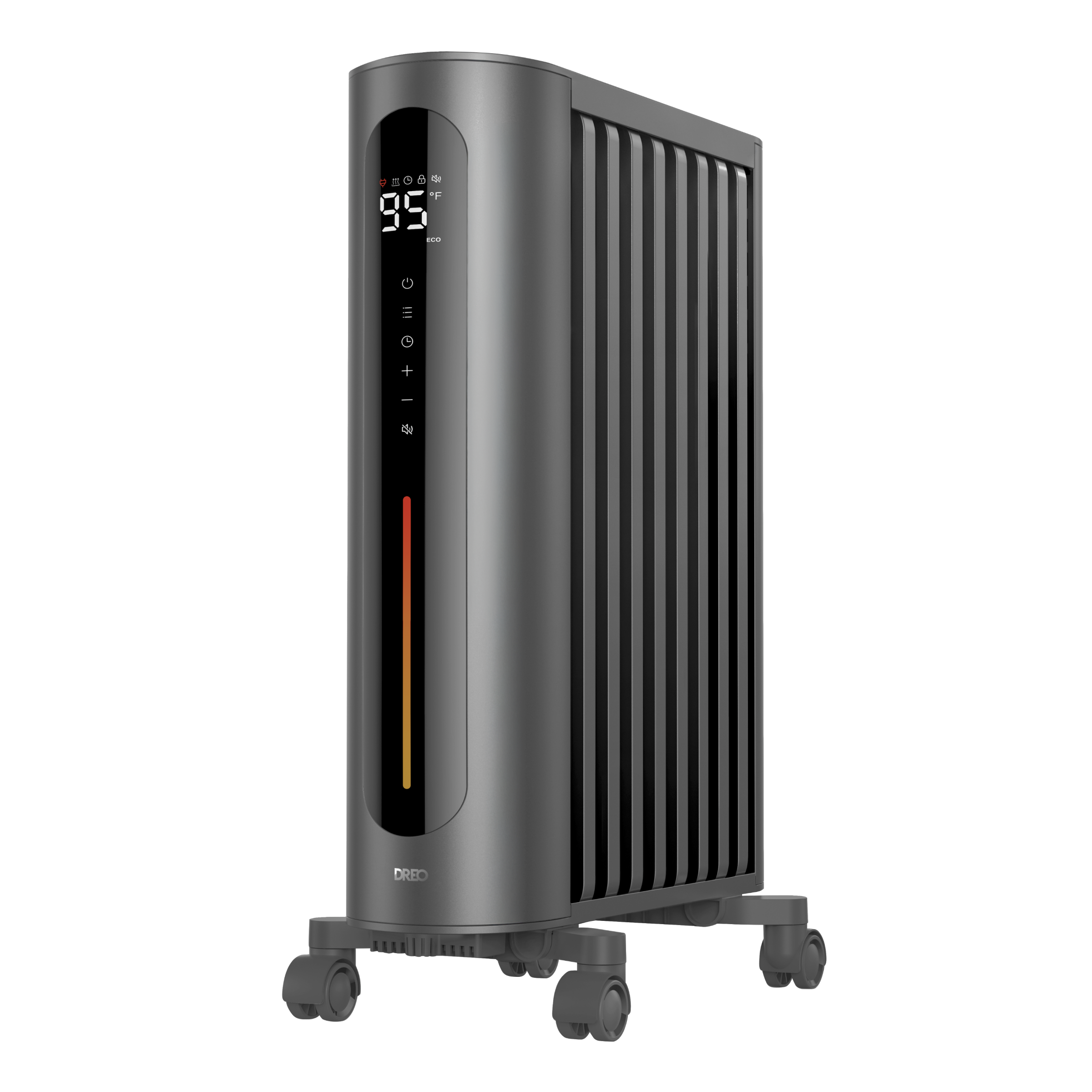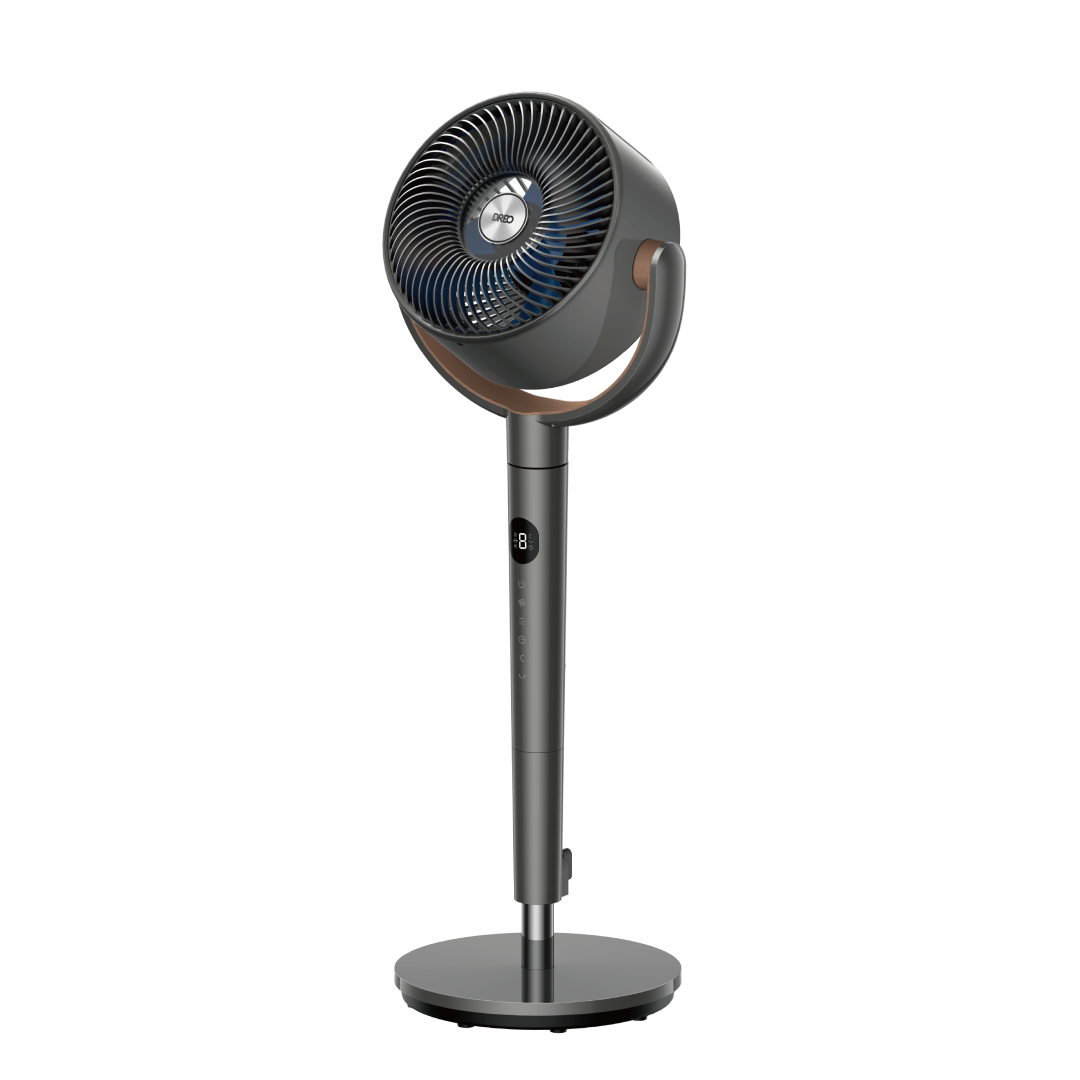Understanding the Costs: Gas Heat vs. Space Heaters
To effectively evaluate the costs of gas heating and space heaters, it's essential to first understand how each option operates.
How Does Gas Heating Work?
Gas heating typically involves a furnace or boiler that uses natural gas or propane as fuel. When the thermostat detects that the home temperature has dropped below a set point, the system ignites the gas, creating heat that is either distributed through ductwork (in forced-air systems) or via radiators (in hot water systems). The heated air or water then circulates through the home, warming the living spaces.
How Do Space Heaters Work?
Space heaters use electrical energy to generate heat, usually employing resistive heating elements. When electricity flows through these elements, they produce heat that warms the surrounding air. Modern space heaters often come equipped with fans, making them an ideal solution for quickly heating specific areas, such as bedrooms or offices.
Cost Comparisons
When it comes to weighing the cost of gas heating against space heaters, it's helpful to look at the numbers. According to data from the
U.S. Energy Information Administration (EIA), heating costs can significantly impact your heating decisions. To make it easier, I've compiled some key cost comparisons, covering everything from ongoing installation expenses to ongoing energy bills. Let's take a closer look at how these two heating methods stack up in terms of affordability and efficiency in the following side-by-side chart:
|
Cost Aspect
|
Gas Heating
|
Electric Space Heaters
|
|
Initial Cost
|
$2,000-$5,000+
(installation of a furnace or boiler)
|
$30-$200
(a typical space heater)
|
|
Monthly Operation Cost
|
$150-$250
(seasonal average)
|
$50-$100
(based on usage)
|
|
Cost per kWh Equivalent
|
Approx. $0.96/therm
|
$0.10-$0.30/kWh
(based on local rates)
|
|
Typical Room Heating Cost
|
$2.00-$4.00/hour
(based on gas price)
|
$1.00/5 hours
(1.5 kWh usage)
|
|
Maintenance Cost
|
$100-$300
(for annual inspections)
$300-$500
(cleaning ducts if needed)
$100-$1500
(repairs or part replacement if needed)
|
$30-$150
(for replacement every 2-5 years if needed)
|
|
Gas Price Variability
|
Fluctuates based on the market
|
Generally stable, predictable
|
|
Heating Area
|
Entire home
|
Targeted areas
|
|
Common Issues
|
Supply issues during peak demand
Risk of carbon monoxide leaks
|
Limited to the areas being heated
|
By looking at the numbers, it's pretty clear that space heaters are a more cost-effective way to warm up specific rooms without cranking up the entire home's heating system. But beyond just saving money, let's dive into what else makes space heaters stand out.
Beyond Cost: Energy Efficiency and Safety
Energy Efficiency
As mentioned earlier, space heaters convert electrical energy into heat using heating elements. For example, the PTC heating element in the
DREO Atom 316 stands out for its ability to convert nearly 100% of electricity into heat. Plus, it heats up in just 2 seconds, meaning you get more warmth for your money, especially when you need a quick boost. And it's not just about sticking around in one spot for that quick warmth—thanks to its portable, easy-to-carry design, warm comfort is never out of reach!
Often, we want to stay cozy without feeling guilty about our energy usage. Sure, space heaters are easier on the wallet compared to gas heating, but when it comes to saving on bills, we're all in! After all, who wouldn't snuggle up in warmth while keeping those costs even lower?
Fortunately, just a touch of advanced technology is all it takes to make a difference. Take the
Solaris Slim H2, for instance. It features a smart NTC temperature sensor that accurately regulates room temperatures from 41-95°F. So when you switch it to ECO mode, it doesn’t just keep you warm; it can also cut your energy bills by up to 40%.
Safety Matters
When it comes to heating your home, safety is a paramount concern. Gas heating systems, while effective for the whole house, can pose certain risks. They can lead to
carbon monoxide leaks, which can be hazardous and even deadly without proper ventilation and maintenance. Additionally, the risk of gas explosions, though rare, is a serious concern for many homeowners.
In contrast, modern space heaters have come a long way in addressing safety concerns. Many come equipped with essential features like tip-over protection, which automatically shuts off the heater if it's knocked over, and overheat sensors that prevent the unit from reaching unsafe temperatures. Auto-shutoff features also add an extra layer of safety, ensuring that the heater turns off when it's not in use.
If standard ETL or UL certifications don't put your mind at ease, consider looking for heaters equipped with FortPlug™ technology, like the one in our
DREO Solaris 718. The FortPlug detects when there's a rise in temperature (voltage surge) at the plug, sending a signal to the main unit to automatically shut off the heater before any danger arises.

When is Gas Heating Still the Best Option?
In certain situations, like managing a large home or living in regions that experience extreme cold, gas heating might still be the go-to option for overall warmth. However, there are times when even a well-functioning gas furnance can't quite deliver that immediate comfort you crave, especially in the bathroom.
This is where a little extra warmth can make a huge difference. Having your gas heating system paired with an extra space heater can provide targeted warmth exactly where you need it most—trust me, it can save your day! However, in wet environments, safety becomes a top priority. This is where a high-performance wall-mounted space heater like the
DREO WH517S comes in handy. With its IP24 splashproof rating and extra safety features, including an ALCI plug and thermal insulation, you can trust it to handle the bathroom's moisture safely. Plus, with smart control features, you can set it to kick on before your shower.
While your gas heating system manages the heavy lifting—maintaining a baseline temperature for your home—an additional space heater is excellent for those targeted spots needing extra warmth. This strategy allows you to reduce overall gas usage while keeping your most-used spaces cozy.

Final Takeaway
Gas heat and space heaters each have their strength, and instead of pitting them against each other, think of them as partners in your quest for warmth. Gas Heat provides that reliable backbone for your entire home, while space heaters excel at delivering extra coziness exactly where you need it.
By blending both options, they can create a comforting environment suited to your needs. So, if you're seeking that extra warmth to cozy up your favorite spaces, explore the
DREO Space Heater Collection for tailored solutions designed for your comfort. Your ideal winter comfort awaits!

















































